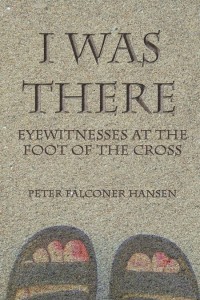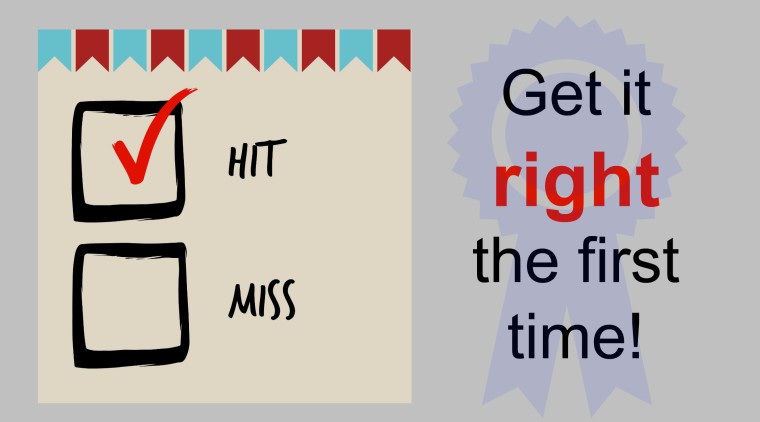
GUEST POST by REV. PETER F. HANSEN
One way YOU are not saved is by belief systems or religious ideals. Nobody gets to heaven by just thinking it’s real and they deserve it. Christianity is either a great fraud for gullible people who inject meaning into their bland, useless lives; or it’s the Truth that explains everything.
Jesus was either a madman, a charlatan, or He is the Son of God. There is no evidence for a misunderstood carpenter to whom His disciples attributed miracles he never did and god-claims he never said. His life is still transforming our world after 2,000 years. I am convinced that he was not a madman, nor a charlatan. I have to go with God. If He is God, then this must change us.
There is no neutral ground. Hate Him rather than feel mildly favorable toward Him. Atheists are converted to Jesus faster than are agnostics, for atheists must believe in God in order to hate him. Agnostics won’t even enter the fray, they can’t be bothered to find out if it’s worth it.
If Jesus is God, then He’s our only hope. If Jesus is God, the sky holds no fearful portent. If Jesus is God, the grave no longer yawns with chilling imaginings. If Jesus is God, the Face beyond the sky is one of love. If you regard Him mildly, a model for stained glass and sweet songs, you’ve never met Him.
It comes down to you. You are either a madman, a charlatan, or a believer in Jesus, the Son of God. The madman sees a mirage, not Reality, and imagines that what he sees is all there is. The charlatan invents himself as he goes along, plays the part of a success, projects confidence in himself while inside he’s shaking at the prospects. A believer in Christ sees the Invisible, weighs the immaterial Truth, and knows for a fact that the God beyond this world, in truth, is.
Jesus is not the embarrassing fact of our upbringing, as fidgeting children bored by a felt-board story. He is not the kindly angel who answers our selfish prayers with cute ‘miracles’ we send in to magazines. Nor is the Christ just one of many equally good choices. Jesus is the fact we meet at the end of time, and we’d best be on friendly terms when we appear before Him. No one is saved by a belief system. Christ lives. And because He lives, I live. I must give myself, nothing held back, no other way. PFH+
_____
Question: I asked Father Hansen about the term, madman. To me, it seemed a bit harsh. Here is his reply.
Answer: It is a strong statement. But when people can sit and read this, they are already not ignorant and unknowing. They have the choice to be mad, false or faithful. In the end–which is my point, not the beginning–we all are one of the three. There will be no “missed the party” category. Everyone has the chance at this. >This is a spin on the madman, charlatan or Savior that is classically used to describe Jesus. It describes us as well.
 Rev. Peter F. Hansen Bio:
Rev. Peter F. Hansen Bio:
At age 19, Peter Hansen thought he’d be an architect, and thus obtained a Bachelor of Architecture degree from UC Berkeley in 1972. He worked 16 years as an estimator and project manager for heavy industrial special coatings contractors. God had other ideas. Called to be an Anglican priest in 1980, he completed a seminary degree and was ordained a priest in 1985. Hansen founded and served the Church of the Holy Trinity, in Sacramento for ten years.
He has been rector at St. Augustine of Canterbury Anglican Church in Chico since 1991. Hansen helped found a police chaplaincy for the Chico Police, established in 1999. Fr. Hansen also formed and ran a pro-life ministry (ChicoLife) 1992-2010. He is a biblical counselor at The Growing Place. In the Anglican Province of Christ the King, Hansen is Treasurer of both the Province and the Diocese of the Western States, and as Canon to the Ordinary.
 Fr. Hansen is author of the book I Was There: Eyewitnesses at the Foot of the Cross, (WestbowPress, 2014) and several songs. Link to Fr. Hansen’s facebook book page is here: facebook.com/IWasThere:Eyewitnesses. Norma L. Brumbaugh’s book review is here: I Was There. Interesting note: Father Hansen’s book cover is derived from a photo of his own feet!
Fr. Hansen is author of the book I Was There: Eyewitnesses at the Foot of the Cross, (WestbowPress, 2014) and several songs. Link to Fr. Hansen’s facebook book page is here: facebook.com/IWasThere:Eyewitnesses. Norma L. Brumbaugh’s book review is here: I Was There. Interesting note: Father Hansen’s book cover is derived from a photo of his own feet!
______
I first met Father Hansen at his church while attending a Christmas Eve service in 2007. It was my first visit to an Anglican Church. I can’t say I was entirely comfortable at an Anglican service. Its liturgy, icons, and forms, differ from my Baptist Protestant heritage. However, I was moved deeply in my soul by two aspects found in their worship service. 1. The reverence and holy hush of the service. 2. The respect outwardly and inwardly given towards things of God. Several more times I would visit his church and other times we would converse at social functions including his book signing at a local bookstore. We have shared our faith and the ways of God in some wonderful conversations. I appreciate him and his ministry. Thank you, Father Hansen, for writing this message for my blog.

